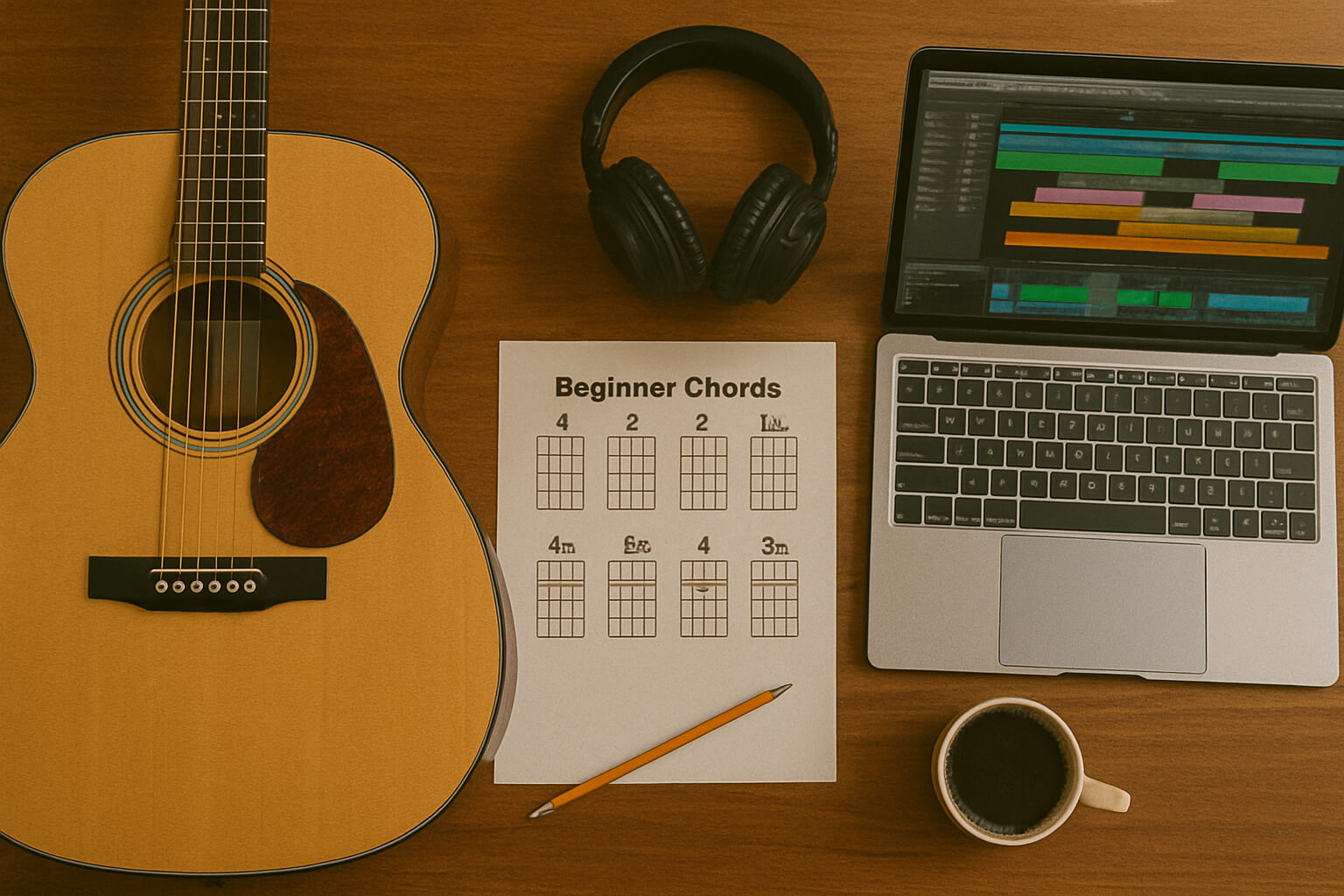August 07, 2025

Starting your music journey is exciting—but also overwhelming.
What should you learn first? Do you need gear? What about apps or music theory?
This ultimate beginner’s checklist breaks everything down into simple, actionable steps—whether you’re learning guitar, piano, vocals, or digital music production. You’ll also find free tools, smart tips, and links to trusted resources to kick-start your progress.
Before anything else, decide which instrument excites you most. Guitar, piano, violin, drums, or voice—pick one that inspires you and fits your lifestyle. Consider your musical interests, physical comfort, and access to resources.
Knowing this will help narrow your learning focus.
Tip: If you’re unsure, try free trials from different platforms:
What do you want to achieve? Do you want to perform live, join a band, write songs, or just enjoy a hobby? Setting goals will shape how you learn and keep you motivated.
Build your space: Home Studio Setup Guide
Understanding notes, rhythm, scales, and chords helps you make sense of what you play. Start with the basics—learn the musical alphabet, time signatures, and simple scales. This foundation will support all your future learning.
Start with these essential music foundations:
Learn music reading:
Train your ear by listening closely to songs. Try to identify instruments, chord changes, and rhythms. Ear training apps and exercises can help you recognize intervals and melodies by ear—an essential skill for musicians.
Ear training improves your ability to:
Start here:
Set a regular practice schedule. Even 20–30 minutes a day is enough for steady progress. Break practice time into warm-up, technique, song practice, and fun improvisation to stay engaged.
Music is a skill—and like any skill, consistency is key.
Your practice should include:
Beat plateaus:
Choose simple songs and play along to real music. This improves timing, keeps you motivated, and connects practice to real-world application. Start slow and gradually increase the tempo.
Start creating your own:
Tools to explore:
Try different genres, experiment with sounds, and keep your learning fresh. Music is a journey—celebrate small wins and don’t stress about perfection.
Use these to stay on track:
Bonus: Book a Free Music Production Consultation
Stay up to date with the latest tips, expert insights, product reviews, and step-by-step guides to help you grow, create, and succeed—no matter your industry or passion.